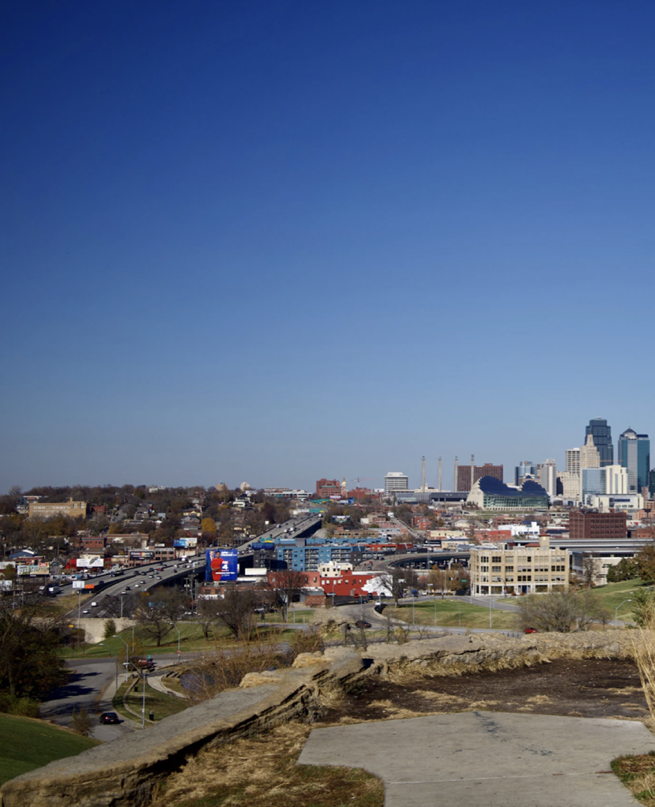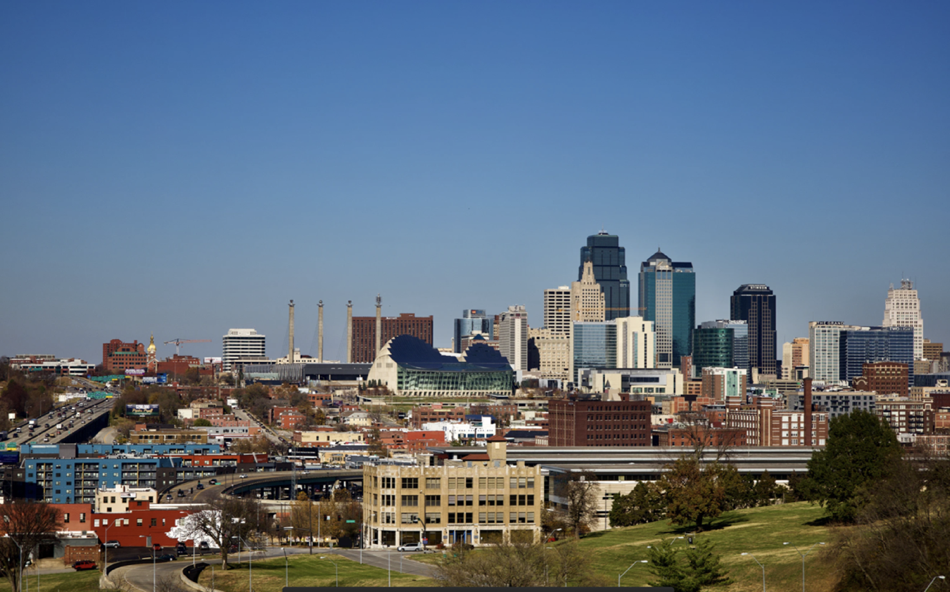

Civil War and after
During the Civil War, the city and its immediate surroundings were the focus of intense military activity. Although the First Battle of Independence in August 1862 resulted in a Confederate States Army victory, the Confederates were unable to leverage their win in any significant fashion, as Kansas City was occupied by Union troops and proved too heavily fortified to assault. The Second Battle of Independence, which occurred on October 21–22, 1864, as part of Sterling Price's Missouri expedition of 1864, also resulted in a Confederate triumph. Once again their victory proved hollow, as Price was decisively defeated in the pivotal Battle of Westport the next day, effectively ending Confederate efforts to regain Missouri.
General Thomas Ewing, in response to a successful raid on nearby Lawrence, Kansas, led by William Quantrill, issued General Order No. 11, forcing the eviction of residents in four western Missouri counties – including Jackson – except those living in the city and nearby communities and those whose allegiance to the Union was certified by Ewing.
Kansas City, guided by architect George Kessler, became a forefront example of the City Beautiful movement, offering a network of boulevards and parks. New neighborhoods, like Southmoreland and the Rockhill District were conceived to accommodate the city’s largest residencies of palatial proportions.
Kansas City's suburban development began with a streetcar system in the early decades of the 20th century. The city's first suburbs were in the neighborhoods of Pendleton Heights and Quality Hill. After World War II, many relatively affluent residents left for suburbs in Johnson County, Kansas, and eastern Jackson County, Missouri. Many also went north of the Missouri River, where Kansas City had incorporated areas between the 1940s and 1970s.
From 2007 to 2017, downtown residential population in Kansas City quadrupled and continues to grow. The area has grown from almost 4,000 residents in the early 2000s to nearly 30,000 as of 2017. Kansas City's downtown ranks as the 6th-fastest-growing downtown in America with the population expected to grow by more than 40% by 2022. Conversions of office buildings such as the Power & Light Building and the Commerce Bank Tower into residential and hotel space has helped to fulfill the demand. New apartment complexes like One, Two, and Three Lights, River Market West, and 503 Main have begun to reshape Kansas City's skyline. Strong demand has led to occupancy rates in the upper 90%.


